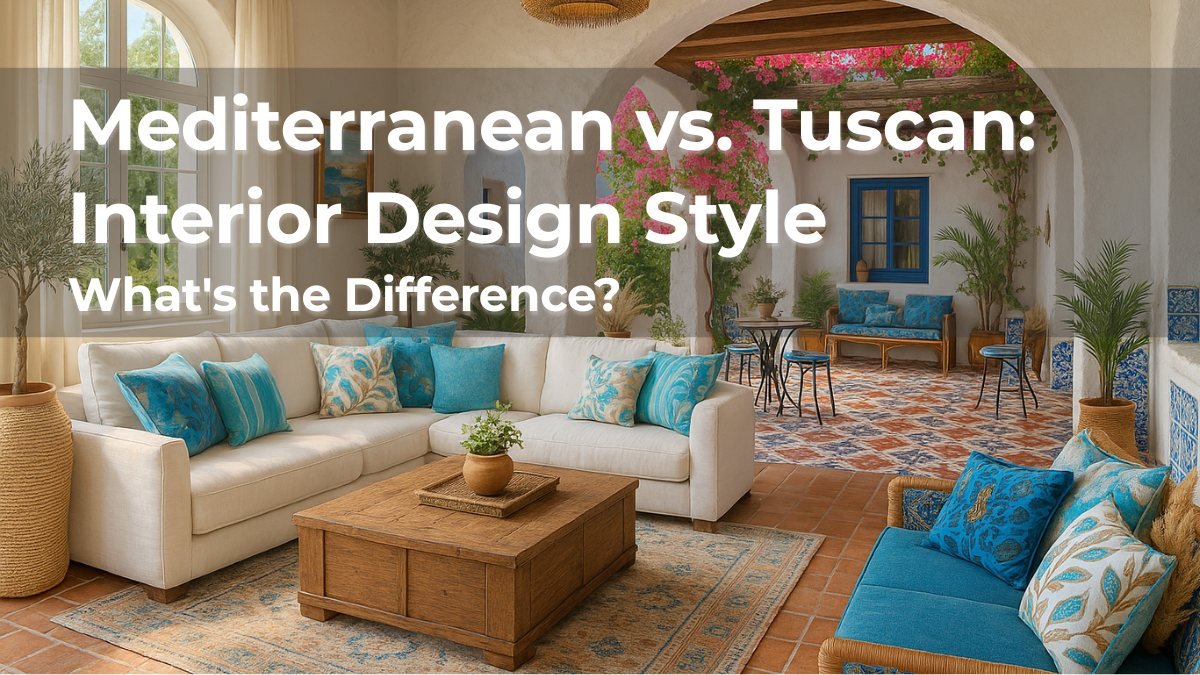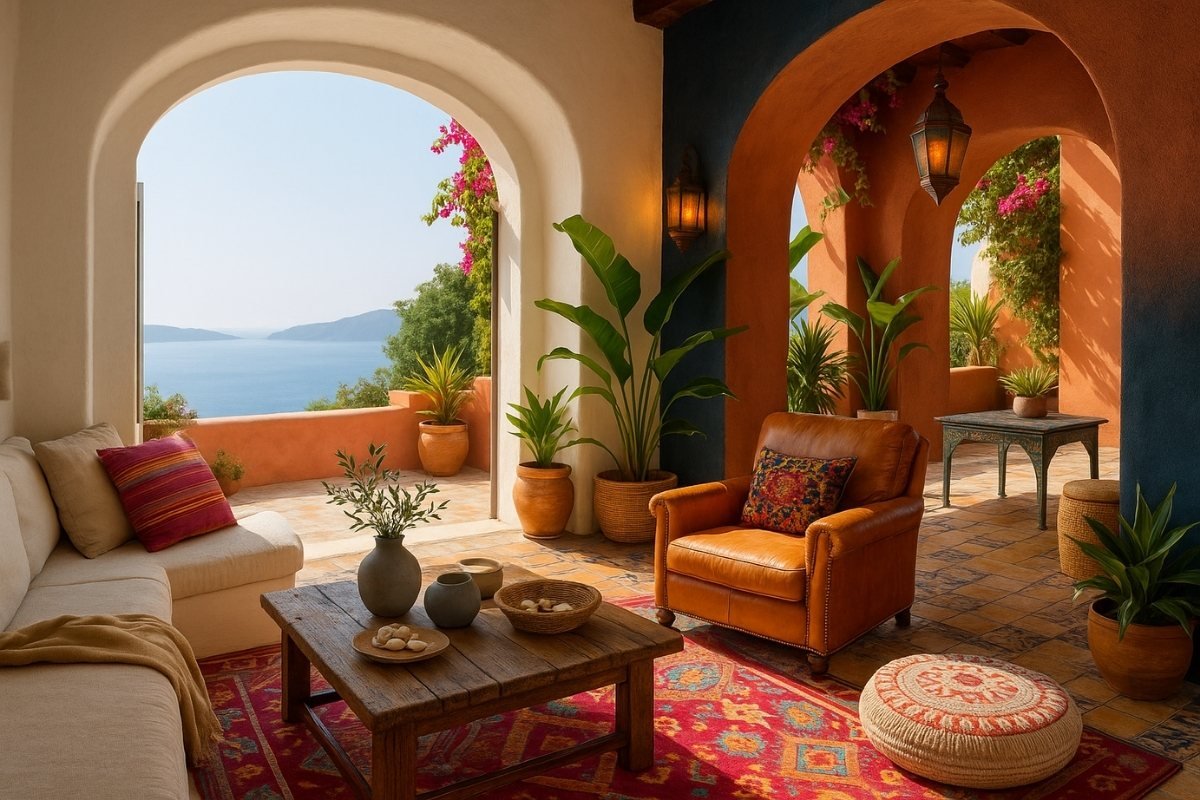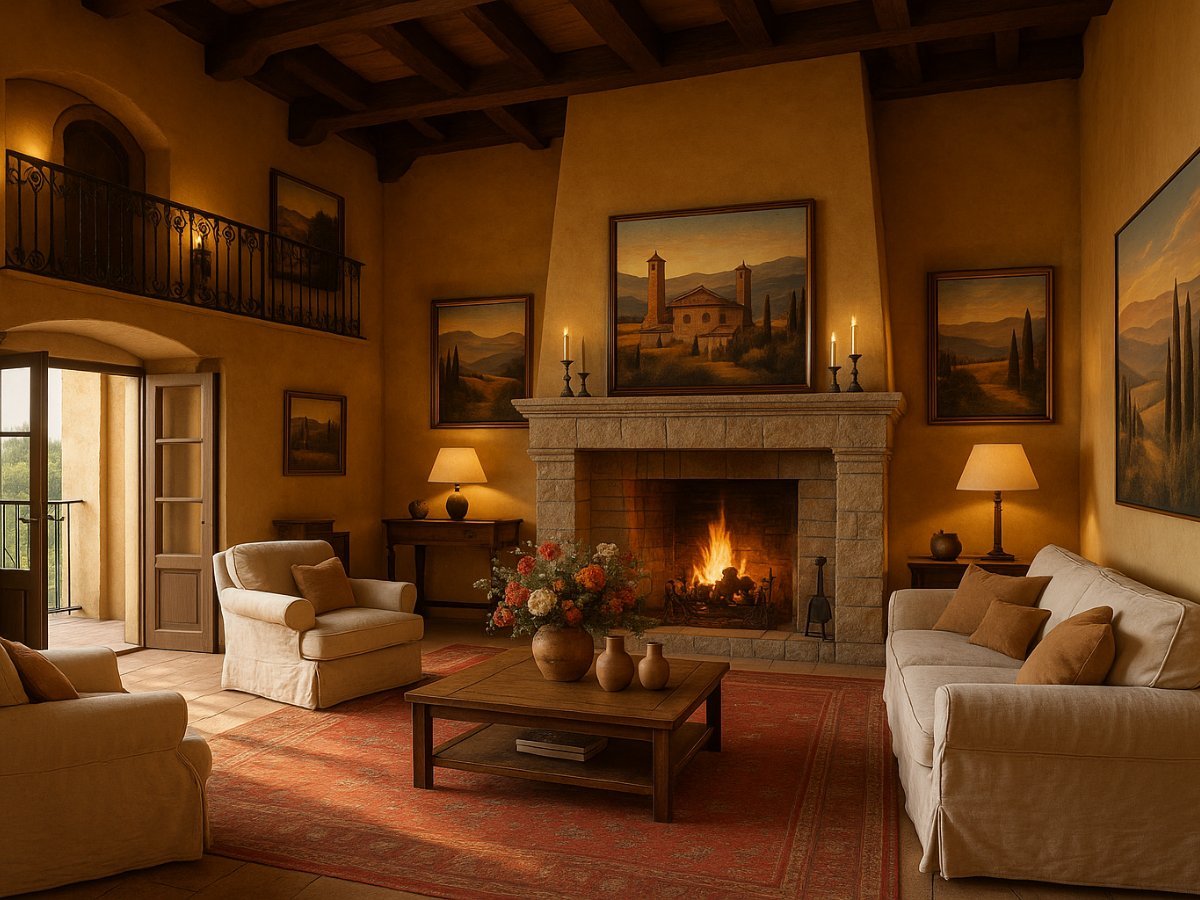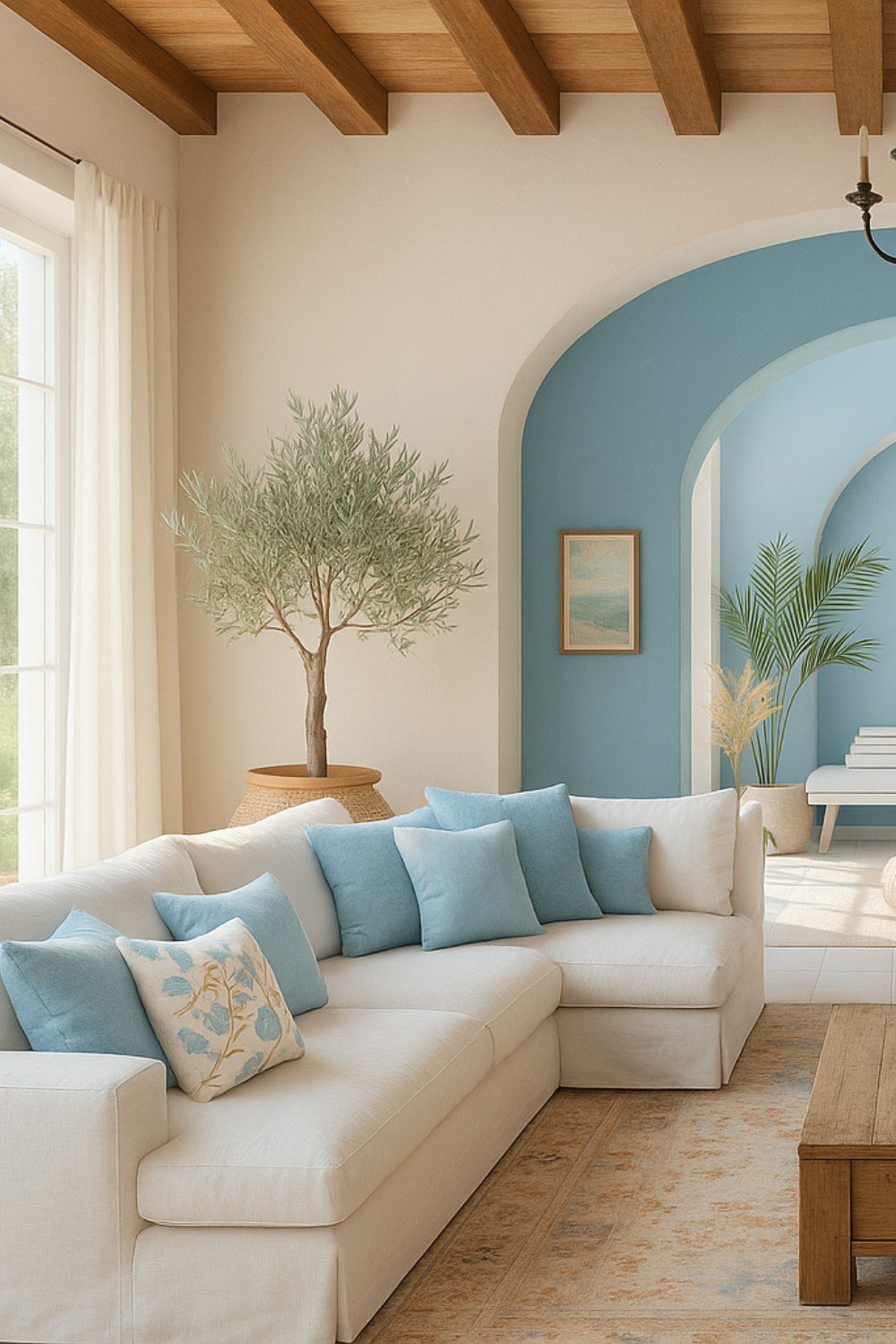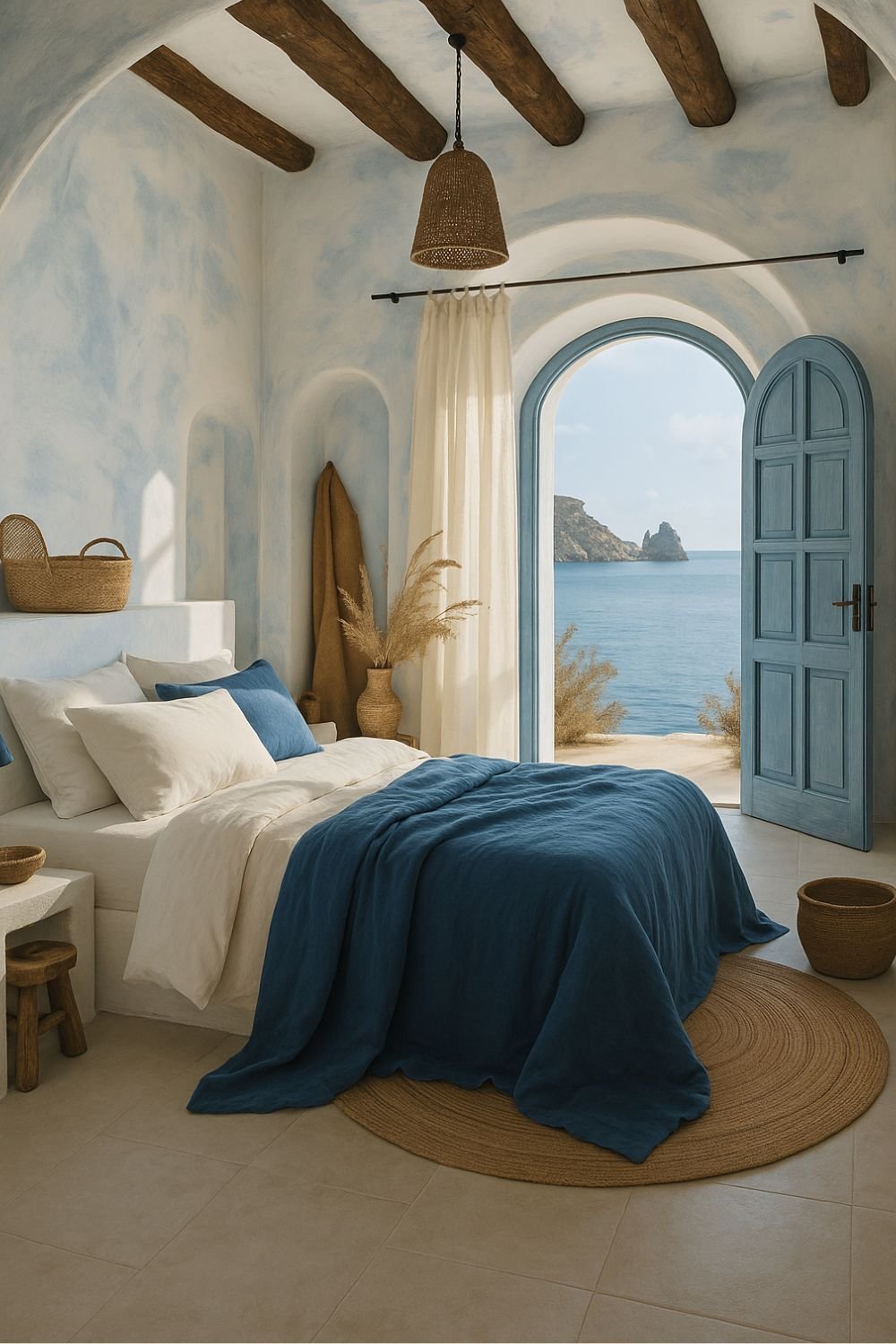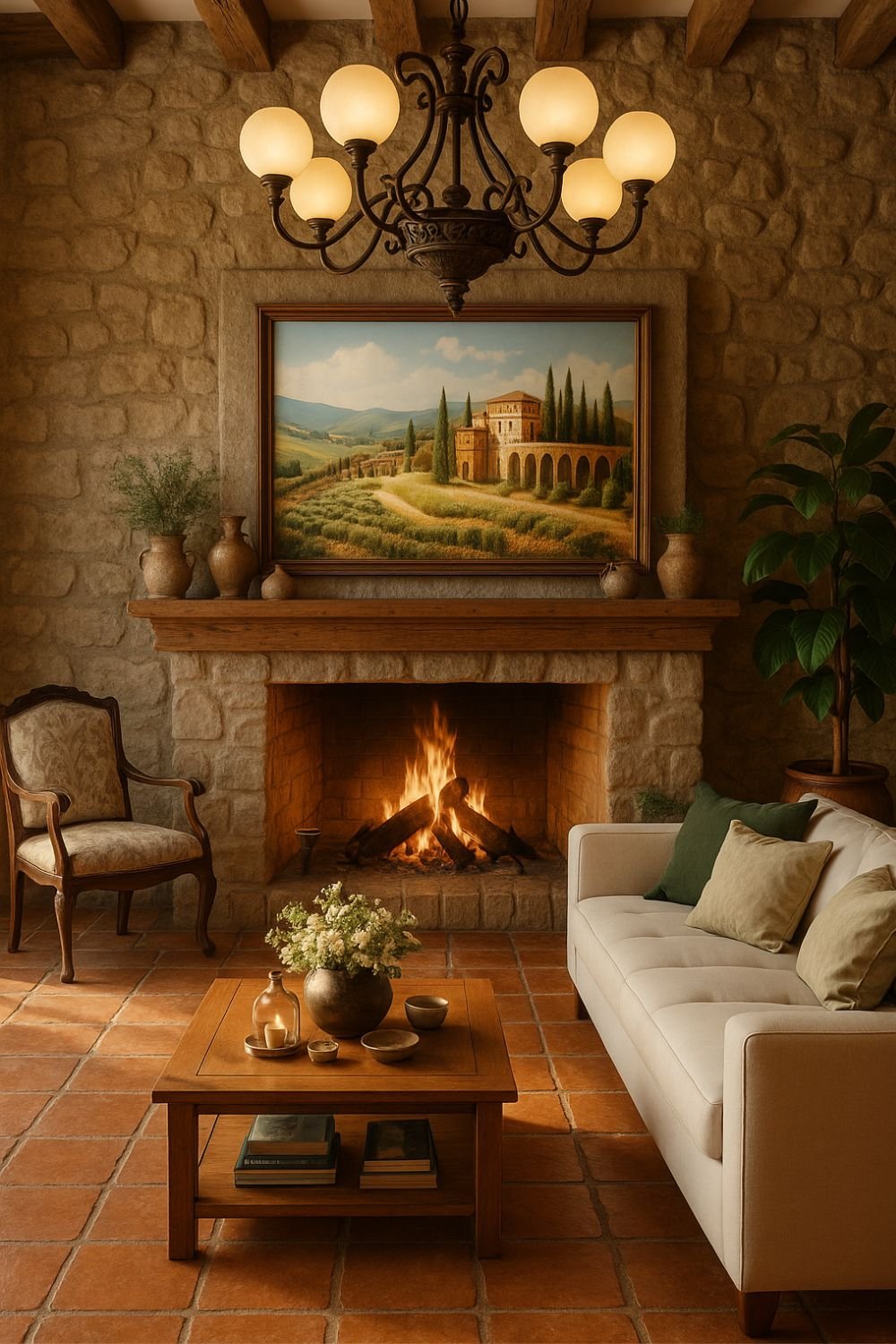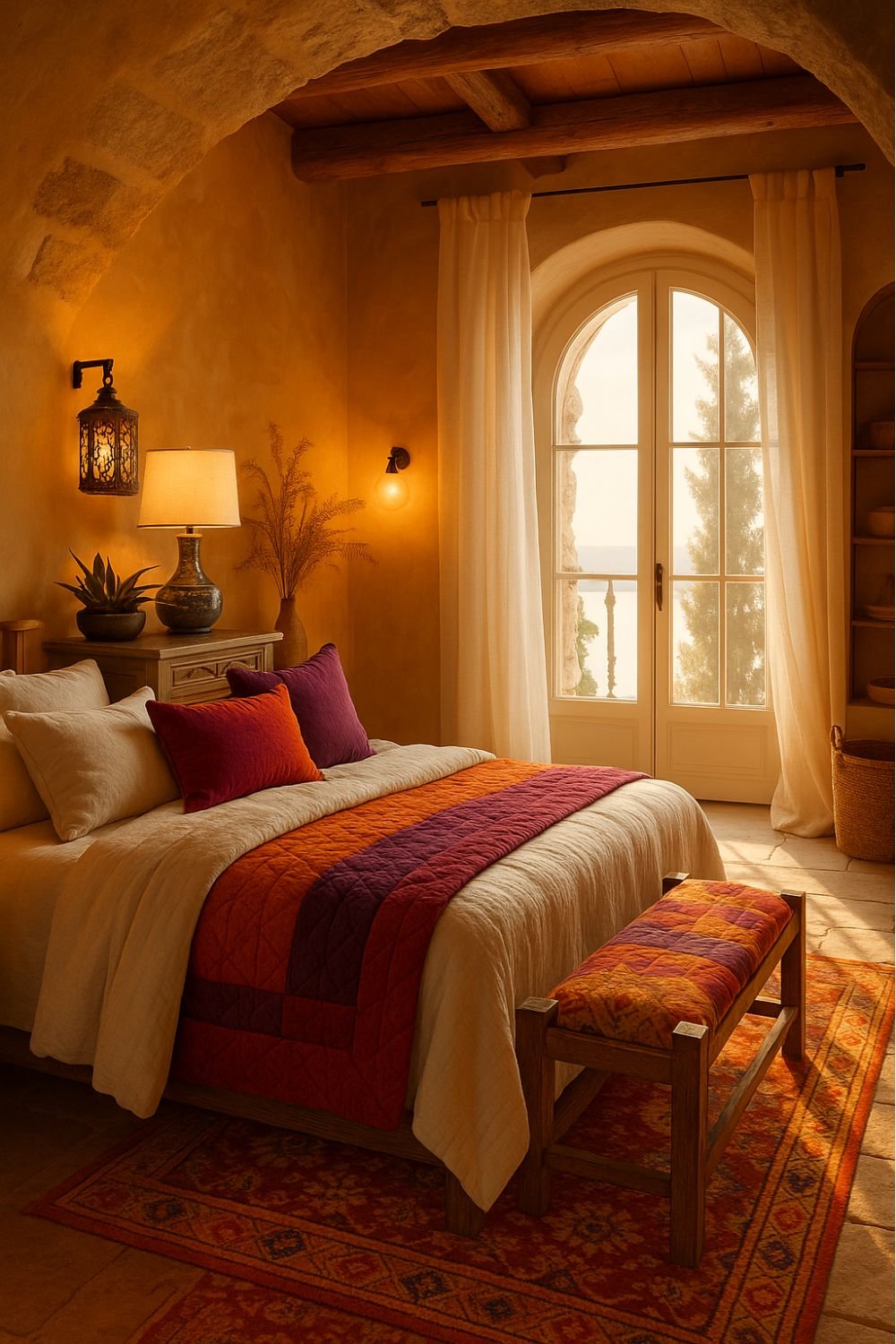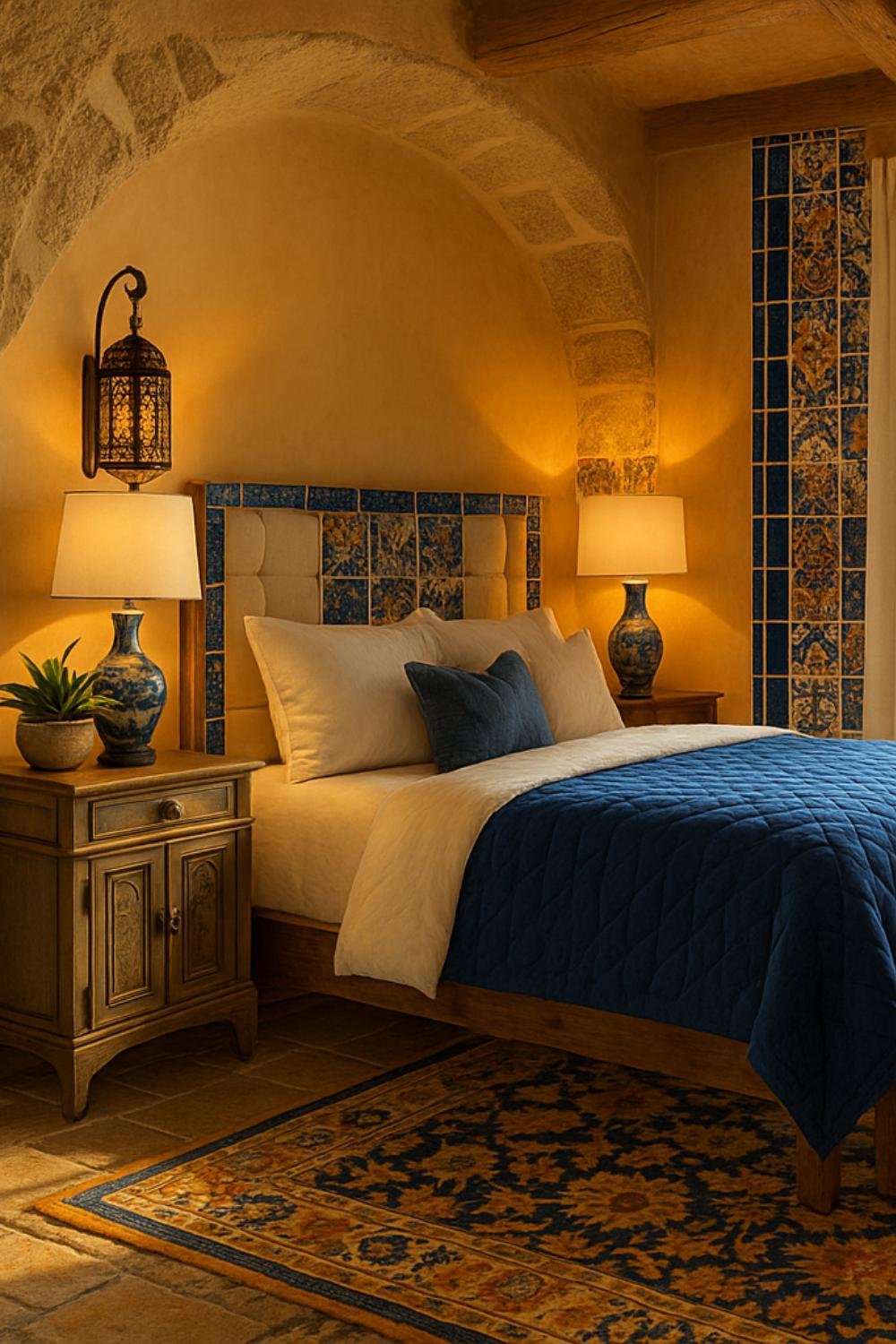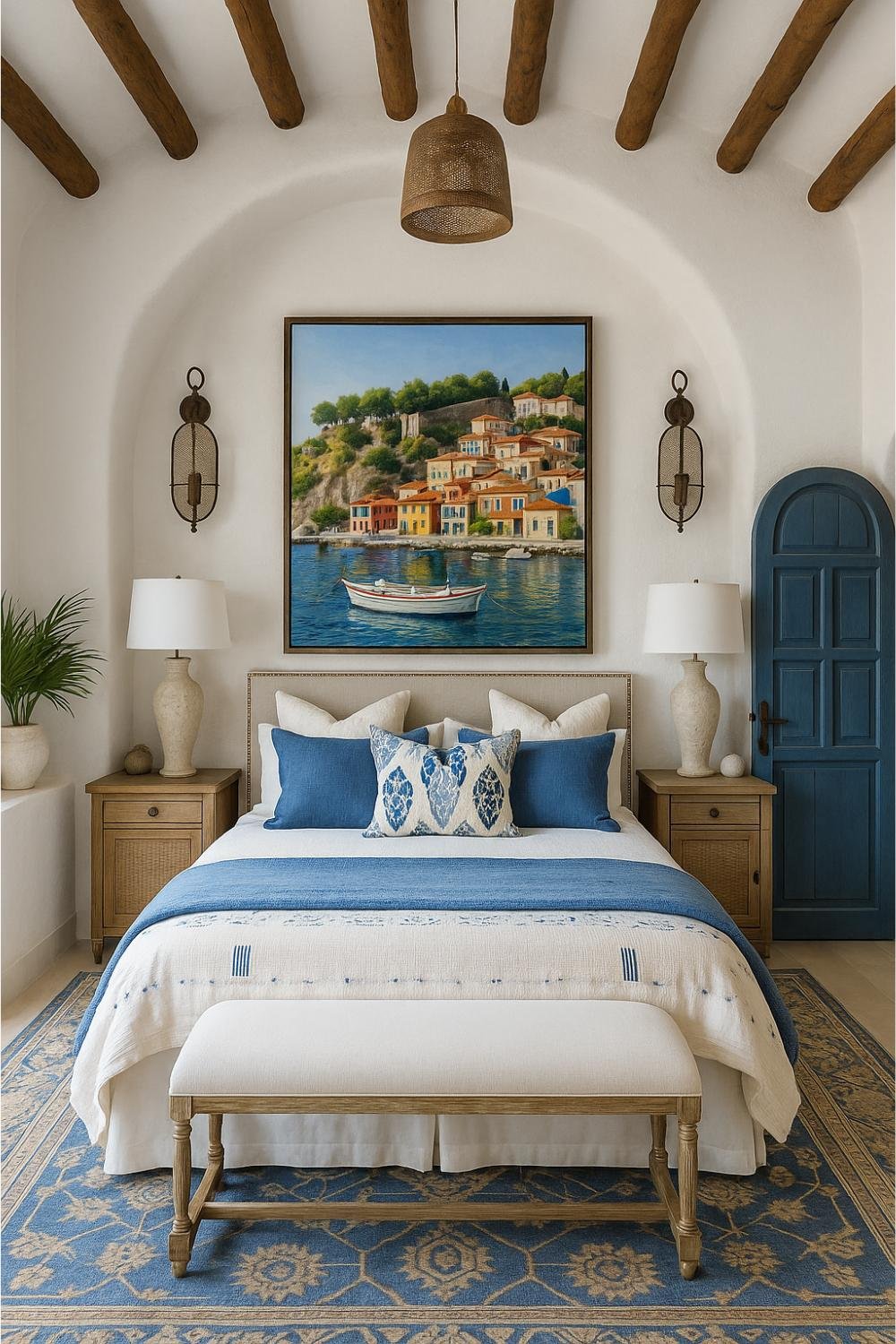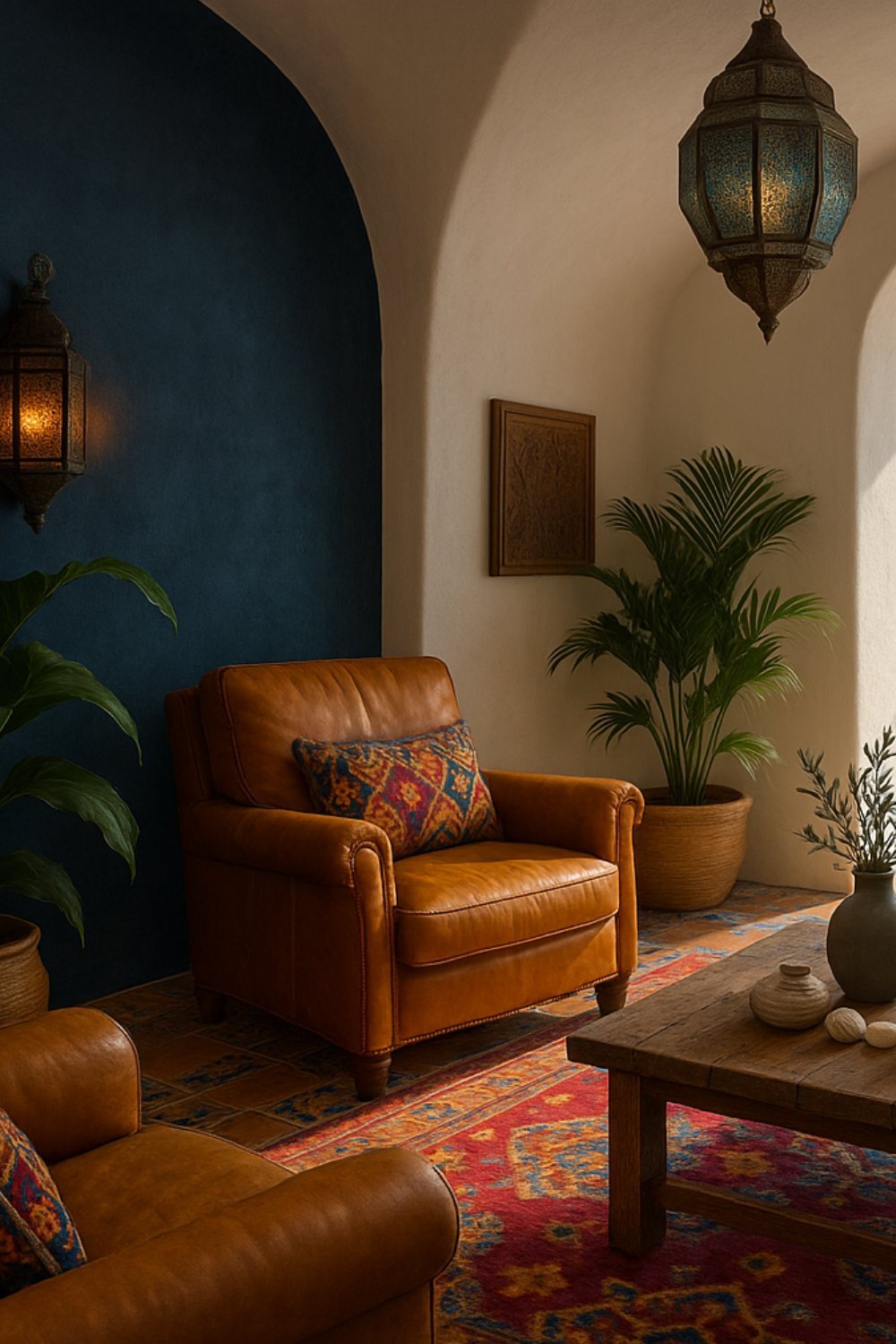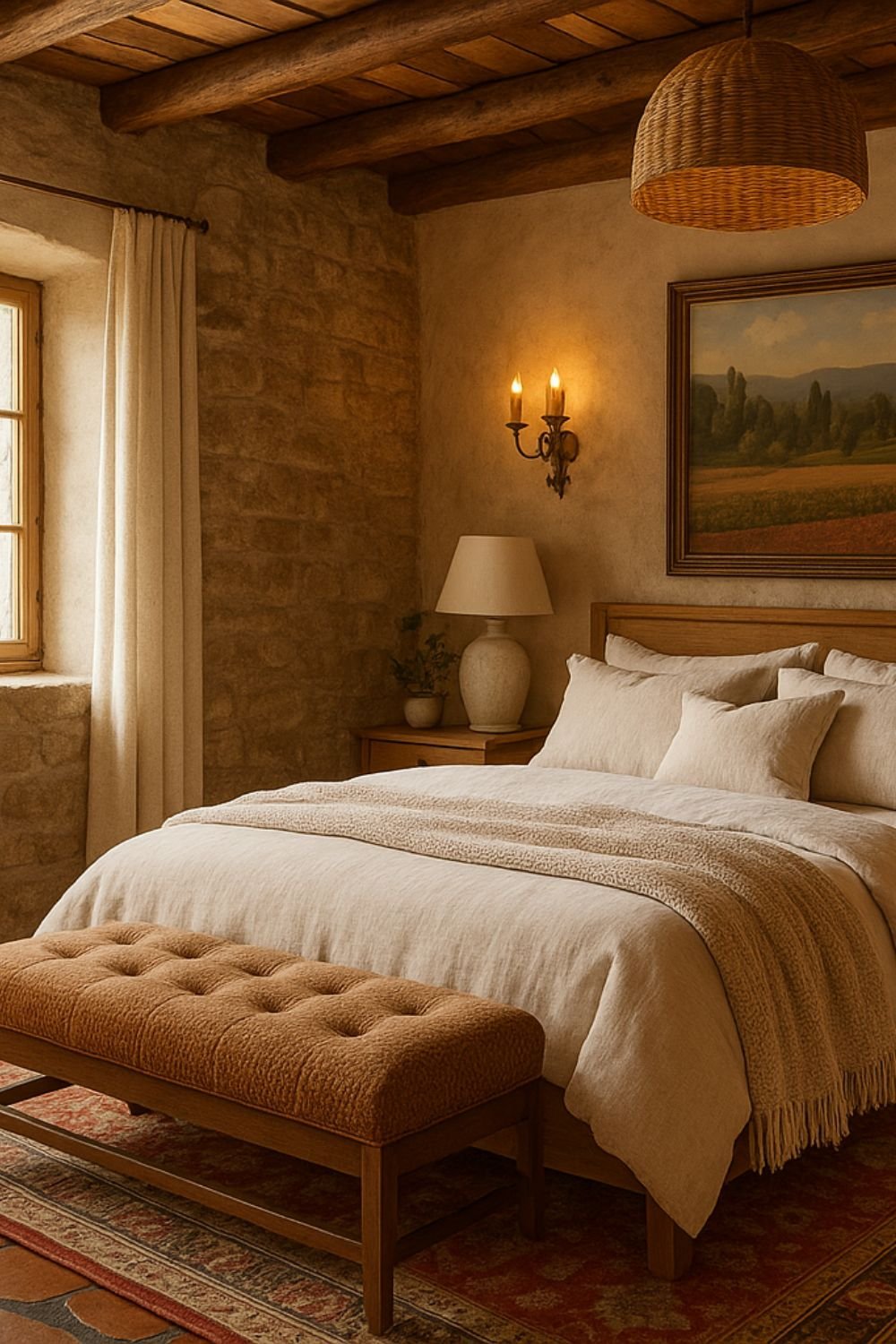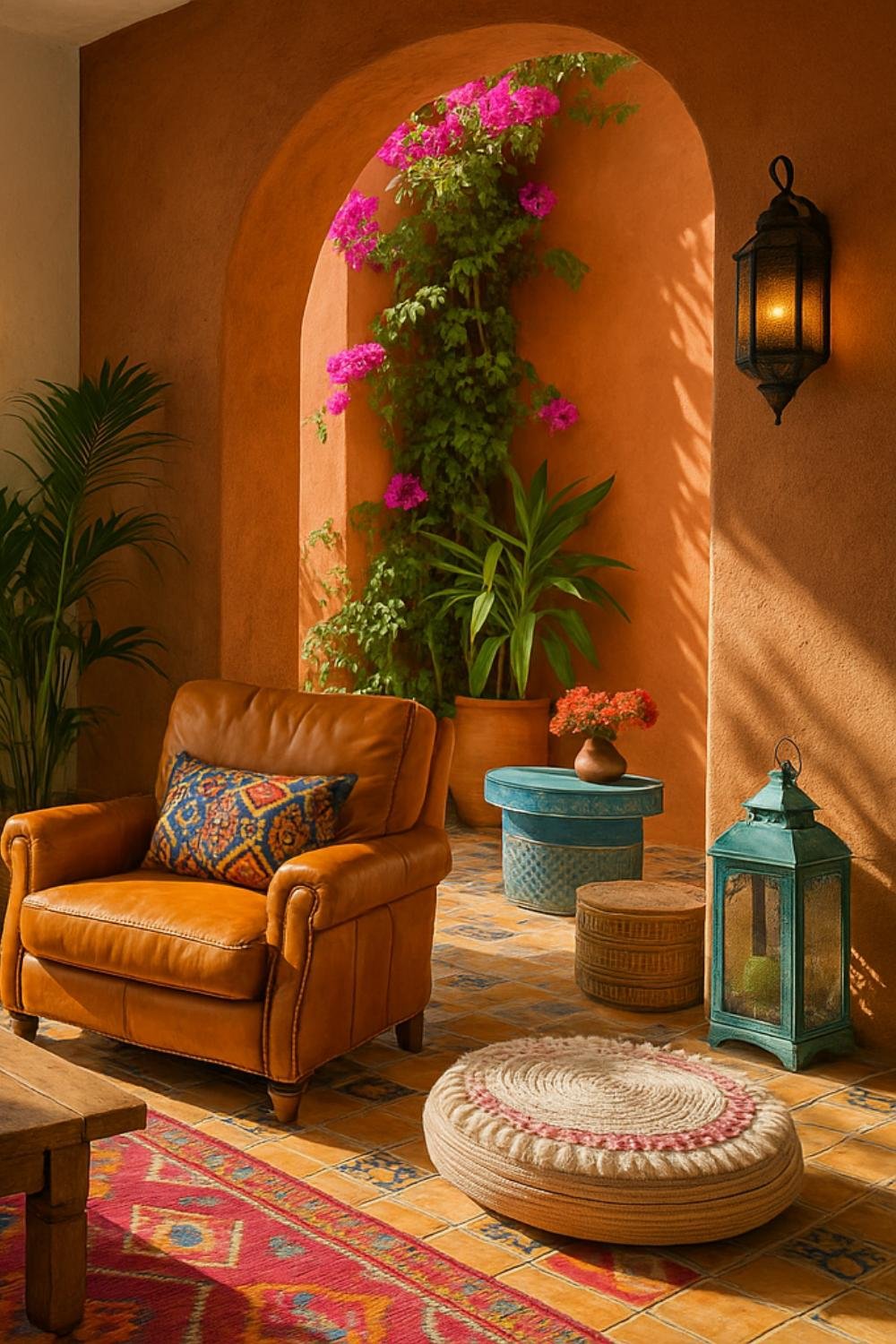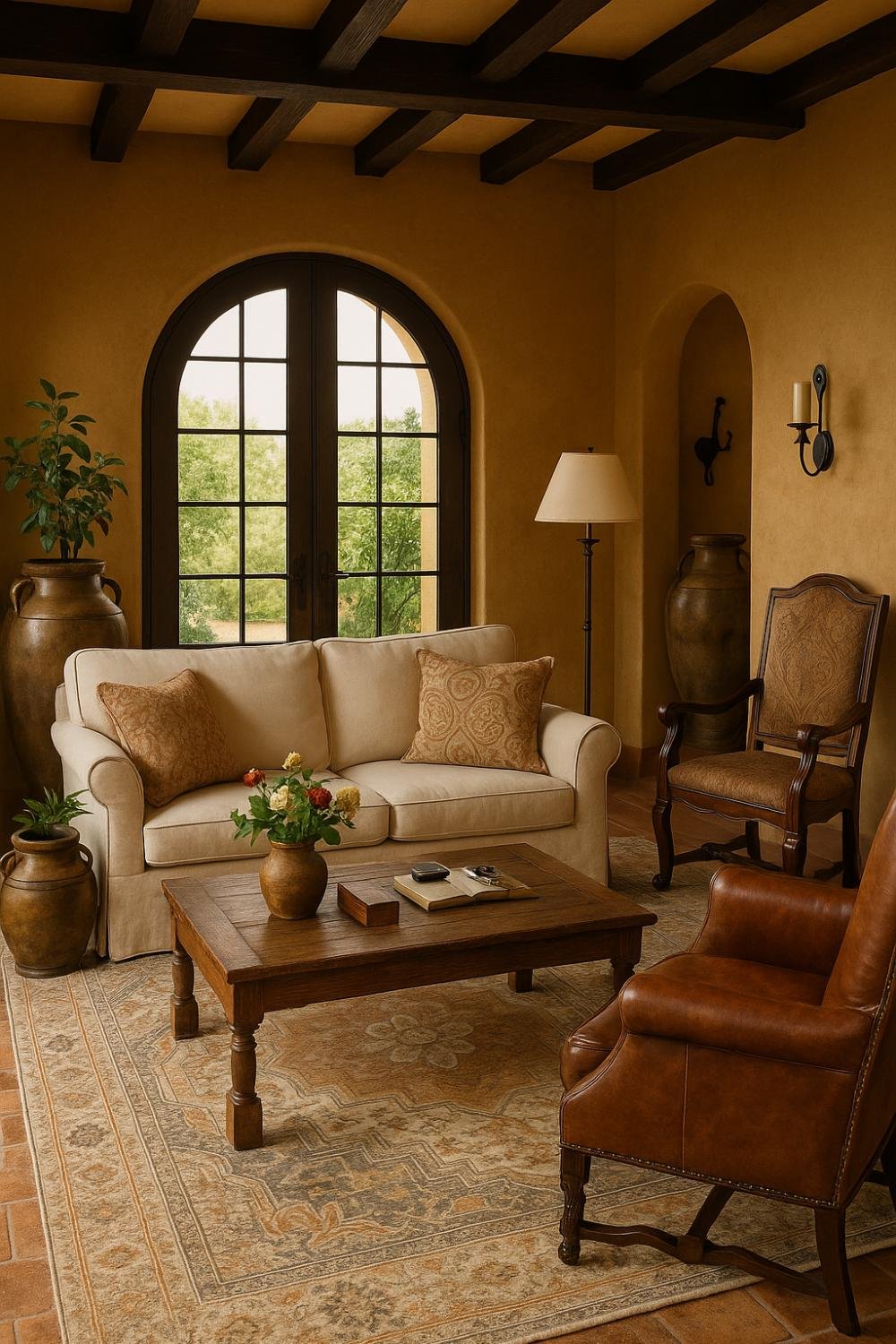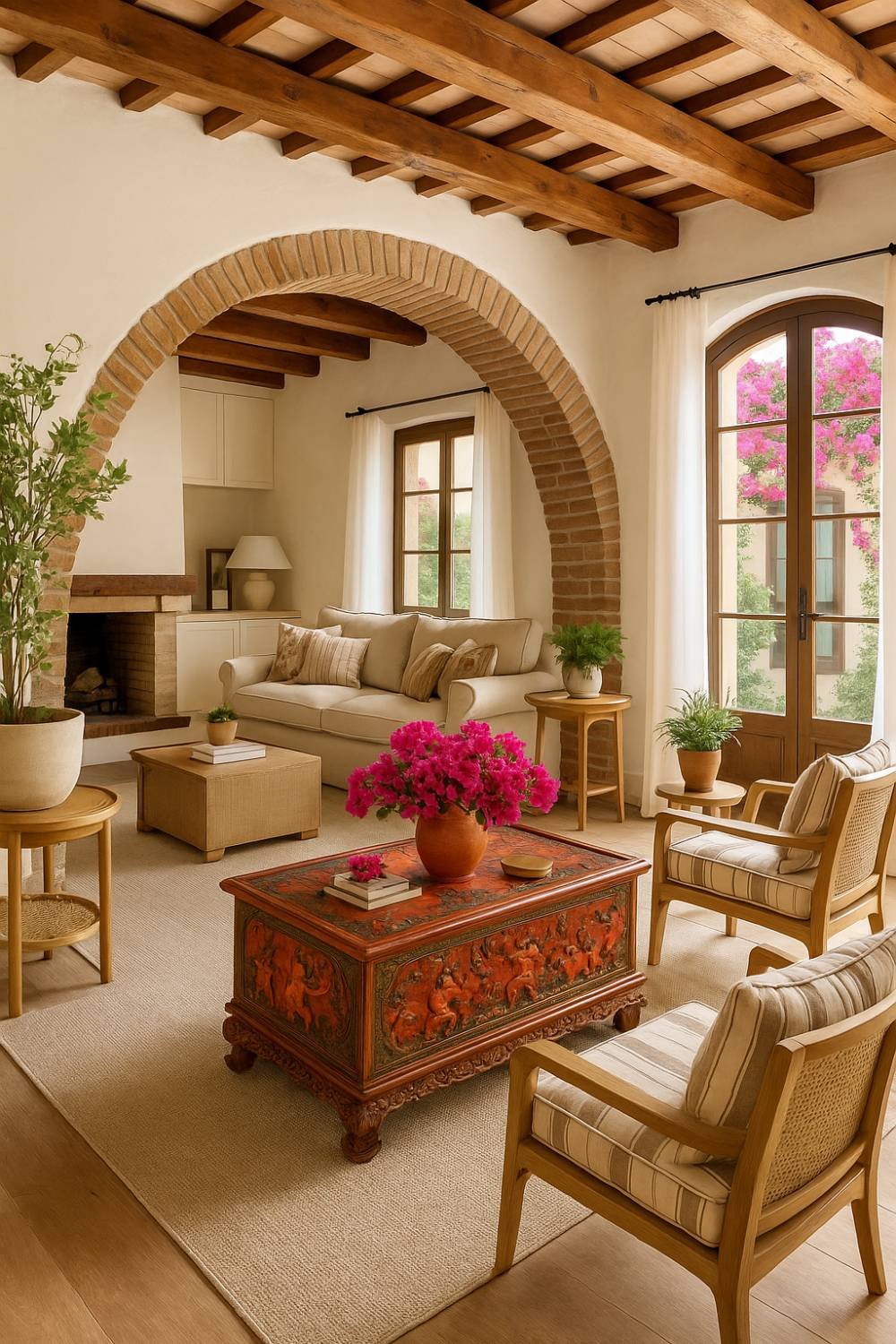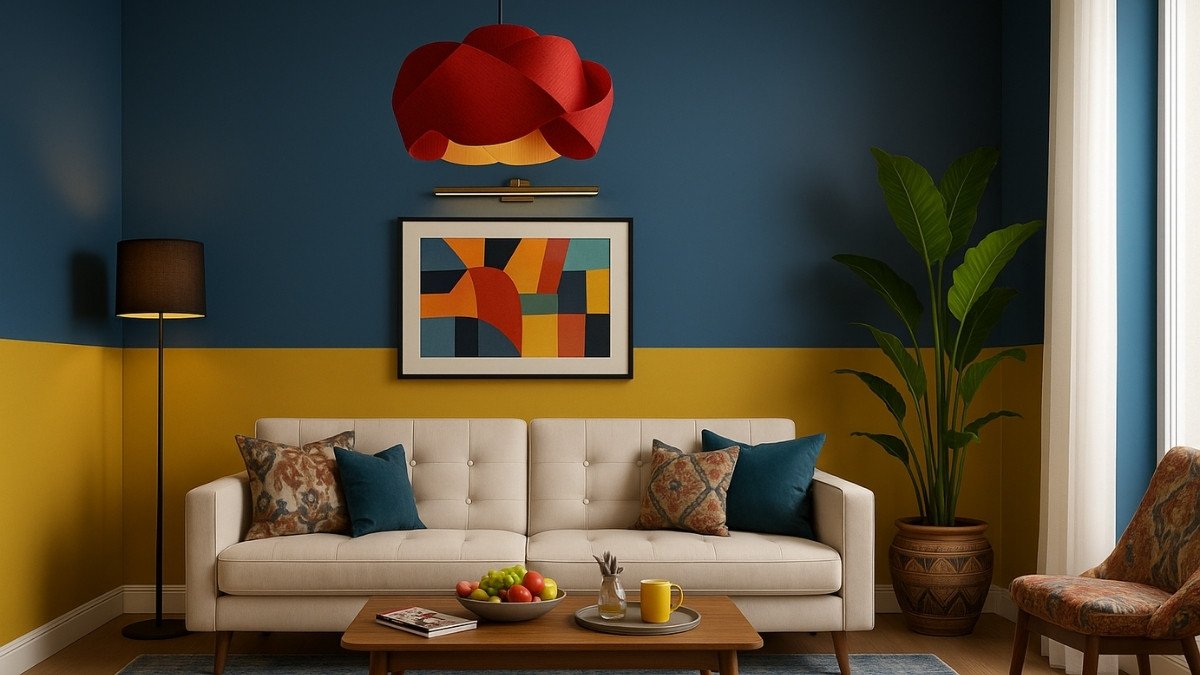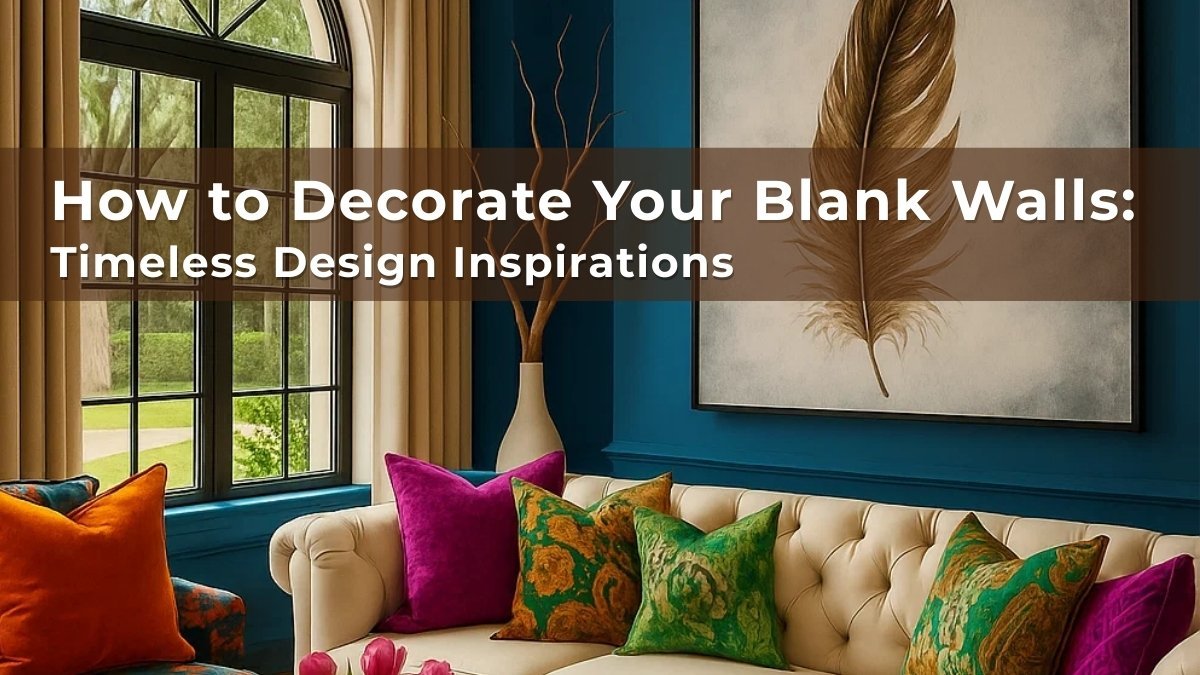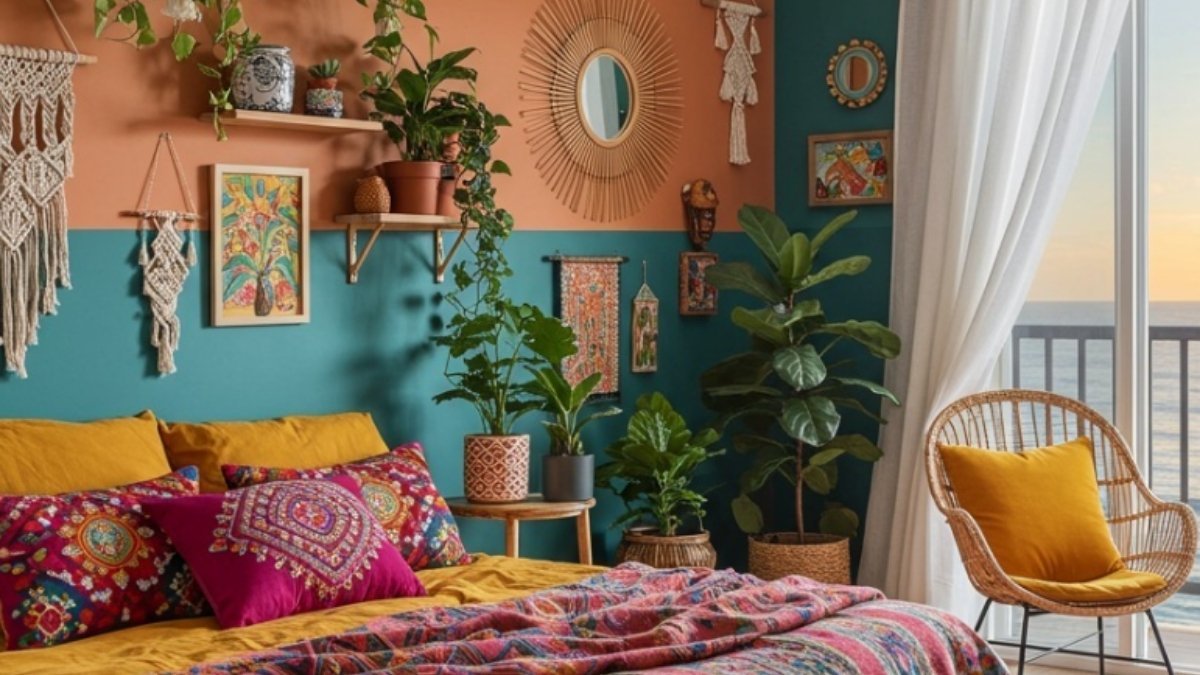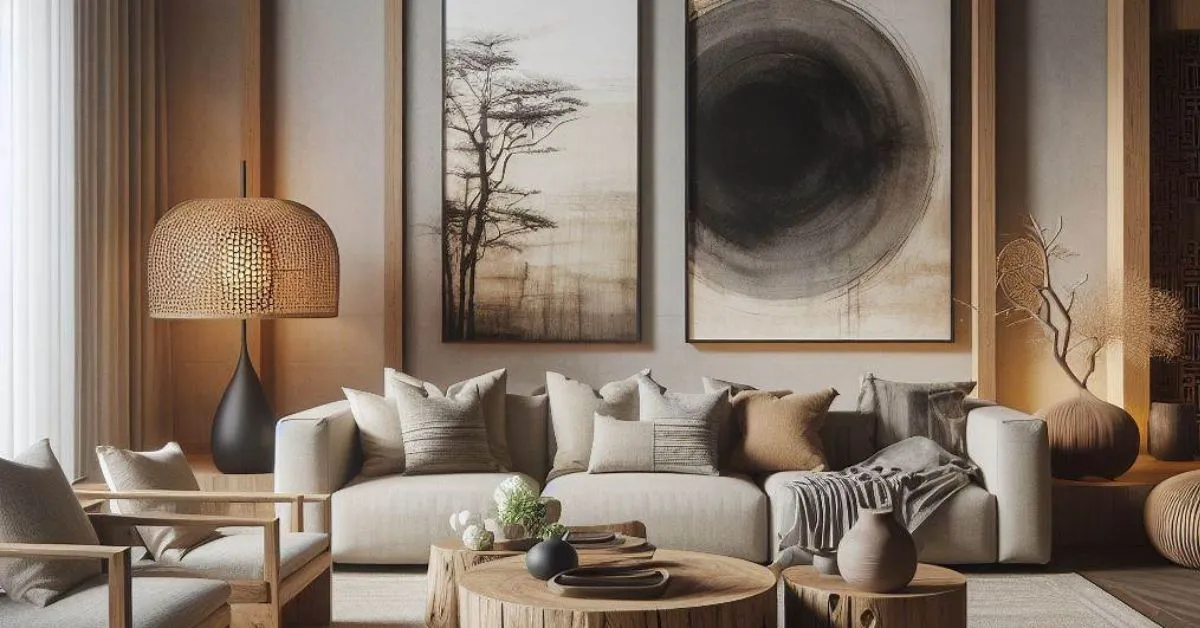Differences Between Mediterranean and Tuscan Interior
When I think about homes that feel warm, earthy, and welcoming, both Mediterranean and Tuscan interior design styles come to mind. At first glance, they might seem quite similar—both are inspired by sunny regions, love natural materials, and have a relaxed, inviting vibe. But as we look a little closer, we can see the differences between Mediterranean and Tuscan interior styles—each has its own unique charm.
If you’re particularly drawn to the Tuscan side of the spectrum, you might enjoy our showcase of 21 Stunning Italian Tuscan Decor Inspirations for Every Room — a visual feast of ideas to bring Italy’s countryside charm into your home.
1. Mediterranean Style:
Envision a breezy coastal retreat. This style blends influences from various cultures around the Mediterranean Sea, incorporating lighter color palettes, intricate tilework, and a mix of traditional and modern elements.
2. Tuscan Style:
Think of a cozy Italian countryside home. It features warm, earthy tones, rustic textures, and handcrafted elements like terracotta tiles and wrought iron accents.
3. While both styles
Share a love for natural materials and a relaxed ambiance, Tuscan design leans towards a more rustic and earthy feel, whereas Mediterranean design incorporates a broader range of cultural influences and often embraces a lighter, more airy aesthetic.
In this blog, let’s explore the special features of each style and see which one might resonate more with your personal taste and the feeling you want to create in your home.
Now let’s get started!
1. 🌊 Mediterranean Interior Design: A Coastal Mosaic
Mediterranean design is a tapestry woven from various cultures bordering the Mediterranean Sea, including Spain, Greece, Italy, and Morocco. This style captures the essence of coastal living, emphasizing indoor-outdoor harmony and a relaxed, airy ambiance.
Key Characteristics Of Mediterranean Interior Design
- Materials: Utilization of natural materials like stucco, ceramics, terracotta, iron accents, and light wood.
- Color Palette: Soft neutrals, sea blues, turquoise, white, sandy beige, and sun-kissed tones.
- Textures: Smooth plaster walls, mosaic tiles, and light, breezy fabrics.
- Furniture: A mix of modern and traditional pieces with slimmer profiles, often painted or whitewashed.
🏛️ Architectural Elements – Mediterranean Style
- Decorative Columns and Stonework
Inspired by classical architecture, used sparingly for elegance. - Arched Doorways and Windows
Graceful arches soften the space and reflect Moorish and Greco-Roman influence. - White Stucco Walls
Light-reflecting surfaces that feel fresh, simple, and coastal. - Exposed Wooden Beams
Typically lighter in tone than Tuscan, these beams add structure and rustic charm. - Dome Ceilings and Vaulted Spaces
Often found in grander Mediterranean homes, offering a breezy, open feeling. - Indoor-Outdoor Flow
French doors, patios, and open layouts blur the line between inside and outside.
For a deeper dive into the living room specifically, don’t miss Living Room Layout: Complete Guide to Furniture Arrangement and our palette-inspiration piece 24 Brilliant Ideas for Living Room Paint Colors
2. 🏞️ Tuscan Interior Design: Rustic Romance of the Italian Countryside
Originating from Italy’s Tuscany region, Tuscan design draws inspiration from the Renaissance era, emphasizing a harmonious blend of natural elements and traditional simplicity. This style creates spaces that are both elegant and comfortably lived-in, reflecting the rich history of Italian heritage.
Key Characteristics of Tuscan Interior Design
- Materials: Emphasis on natural and rustic materials like stone, terracotta, wrought iron, and untreated wood, bringing an earthy and authentic feel to the space.
- Color Palette: Warm, earthy tones such as burnt orange, ochre, golden yellow, terracotta, olive green, and rich browns.
- Textures: Textured walls, aged wood beams, and stone or brick elements add depth and authenticity.
- Furniture: Heavy, handcrafted wood furniture, often dark-stained and ornate, reflecting old-world craftsmanship.
🏛️ Architectural Elements – Tuscan Style
- Terracotta or Travertine Flooring
Earthy, matte-finished tiles that anchor the space in natural elegance. - Rounded Arches and Deep Niches
Used in windows, hallways, and walls—often paired with rustic finishes. - Exposed Ceiling Beams
Thick, dark wooden beams draw the eye upward and add countryside character. - Stone or Brick Accent Walls
Raw or lightly plastered surfaces that feel aged and authentic. - Plaster or Textured Walls
Hand-applied finishes in warm tones give the walls a soft, lived-in look. - Heavy Wooden Doors and Window Frames
Solid, carved wood features add depth and old-world charm.
Love the charm of Tuscan homes? Check out 10 Tips for Tuscan Style Home Interior to see how you can achieve that timeless countryside feel yourself.
🆚 Tuscan vs. Mediterranean: A Comparative Glance
🔍 A Closer Look: Mediterranean vs. Tuscan – In More Detail
While the chart provides a quick overview, let’s delve deeper into what truly distinguishes these two styles.
1. A Closer Look: Ambience and Mood
- Mediterranean interiors, conversely, are breezy and uplifting. Designed to embrace sunlight and open air, they exude a calm, casual, and slightly coastal vibe—ideal for those who prefer a minimalist and serene look.
- Tuscan interiors feel cozy, romantic, and grounded. Imagine a countryside retreat with the aroma of herbs and aged wine. The spaces are dimmer but rich in character—perfect for those who cherish old-world charm.
2. A Closer Look: Wall Treatments
- Mediterranean interiors typically have smoother walls—think whitewashed or light-colored plaster that reflects light and feels fresh. Arches are more prevalent here than in Tuscan homes.
- In Tuscan homes, walls often feature hand-troweled plaster or faux finishes to mimic the aged texture of stone or stucco. Exposed stone or brick walls indoors are also common.
3. A Closer Look: Ceiling & Beams
- Mediterranean ceilings may also have beams, but they’re often lighter in color and less bulky. Sometimes, the ceilings are curved or feature decorative vaulting for an airy feeling.
- Tuscan ceilings usually showcase dark, exposed wooden beams—often heavy and dramatic.
4. A Closer Look: Flooring
- Mediterranean floors also use stone and tile but often in lighter tones and mosaic patterns. Patterned or painted tiles are especially prevalent in Spanish or Moroccan-inspired homes.
- Tuscan floors favor terracotta tiles, rustic wood planks, or natural stone like travertine, often with a matte, aged finish.
5. A Closer Look: Furniture Style
- Mediterranean furniture tends to be slimmer, more playful, and often includes painted or distressed finishes. Rattan or wicker elements are common in coastal-inspired homes.
- Tuscan furniture is large, solid, and ornate—think carved wooden tables, high-back chairs, and deep leather sofas.
6. A Closer Look: Décor and Art
- Mediterranean décor incorporates bright pottery, mosaic mirrors, seashells, light textiles, and greenery like olive branches or indoor palms, offering a lighter and visually soothing ambiance.
- Tuscan décor leans into antique accessories, vintage wall art, wrought iron candleholders, and hand-painted ceramics, celebrating heritage and history.
7. A Closer Look: Window Treatments
- Mediterranean homes prefer simple linen or cotton curtains, sometimes just sheers, or even no curtains at all to let in the sea breeze.
- Tuscan homes often use heavier drapes in rich fabrics like velvet or brocade, typically in earthy tones.
And if you’re still refining which overall style suits you best, check out our quick-finder guide: Confused About Your Interior Design Style? Use This Quick Finder to discover your perfect design language.
🏡 How Tuscan and Mediterranean Styles Are Evolving in Modern Homes
While both Tuscan and Mediterranean styles are deeply rooted in tradition, today’s interiors are embracing a softer, fresher approach to this timeless aesthetics. Let’s explore how these beloved styles are being
🌻 Modern Tuscan Style: Rustic Charm, Refined
Tuscan interiors still feel warm and welcoming—but with a lighter touch. Here’s how the style is being adapted today:
Personally, I love how the modern Tuscan look still feels grounded, but much more breathable. It’s like a Tuscan villa went through a gentle decluttering session.
🌊 Modern Mediterranean Style: Light, Airy & Effortlessly Elegant
The essence of coastal living is still strong, but it’s now mixed with luxurious simplicity and global touches.
What I love about today’s Mediterranean interiors is that they feel like a soft breeze—light, layered, and always inviting. Whether you’re near the coast or not, this style makes you feel like you are.
💡 How to Choose What’s Right for You
Ask yourself:
- Do you prefer something lighter, brighter, with a seaside flair? → Mediterranean is likely your style.
- Do you love earthy tones and the old-world charm of countryside homes? → Tuscan might be your match.
You can also blend both! For example, use Tuscan’s rustic wood with Mediterranean’s blue-and-white color palette for a fusion look.
In fact, if your project is just beginning, my post on How to Develop an Interior Design Concept from Scratch walks you through turning initial ideas into a meaningful plan.
🏡 Choosing Your Style
- Mediterranean: Suited for individuals who prefer a light, breezy, and coastal-inspired environment.
- Tuscan: Ideal for those who appreciate old-world charm, rich textures, and a warm, inviting atmosphere.
Both Tuscan and Mediterranean styles have gracefully evolved without losing their essence. You can now enjoy the timeless beauty of these traditions while keeping your home bright, modern, and clutter-free.
Would you like to blend the two? Try mixing:
- Tuscan materials like stone or wood
- With Mediterranean tones like white and blue
- And add a touch of modern lighting or sleek lines to tie it all together.
Remember, blending elements from both styles can create a unique and personalized space that reflects your individual taste and lifestyle.
And if you’d like to experiment virtually before committing, try out The Best AI for Interior Design – Free Tools Anyone Can Try
🎥 Watch & Get Inspired
Here are some YouTube videos that beautifully explain and showcase both styles:
- Tuscan Style Home Tour – Search on YouTube: “Tuscan villa home tour” or explore channels like
@Homeworthy. - Mediterranean Interior Tour – Search: “Mediterranean style house interior tour” or visit
@Sweet Magnoliaa Home.
🧠 My Thoughts as an Interior Designer
Personally, I feel Tuscan interiors have a nostalgic, grounded vibe. They remind me of cozy Sunday lunches and warm-hearted conversations. Mediterranean, on the other hand, brings a breath of fresh air—like summer all year round. Depending on your lifestyle and climate, either can make your home feel soulful and stylish.
🌟 Final Tip: You Don’t Have to Choose Just One
Try this: Use Tuscan elements in the dining and living room for warmth, and Mediterranean tones in the bedroom and bathroom for a spa-like feel.
Interior design is personal—it should reflect who you are and what makes you feel comfortable at home. Let these styles inspire you, but don’t feel limited by them.
Suggested Other Read:
